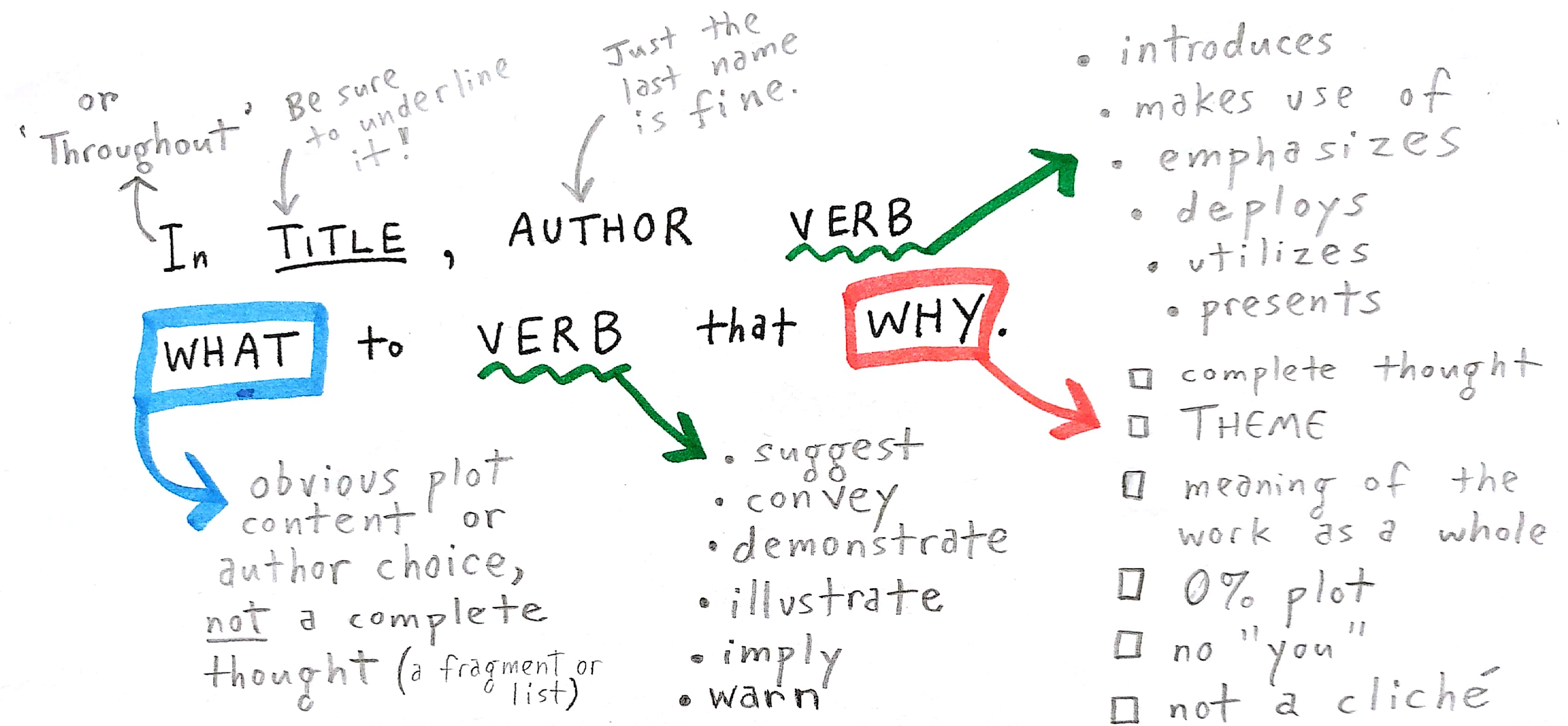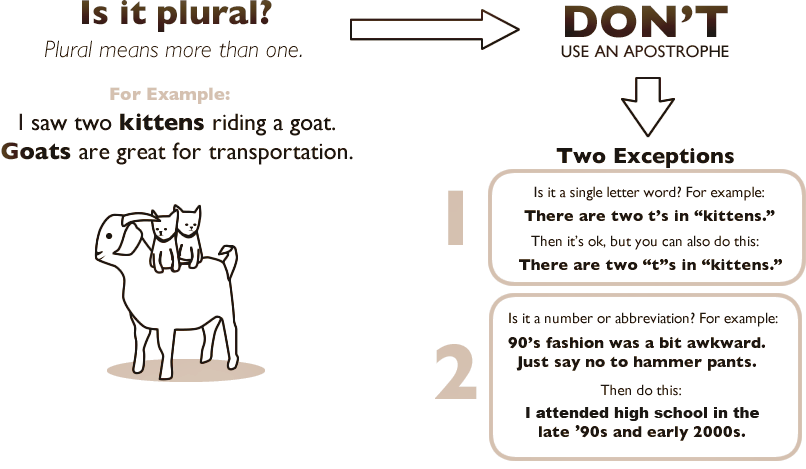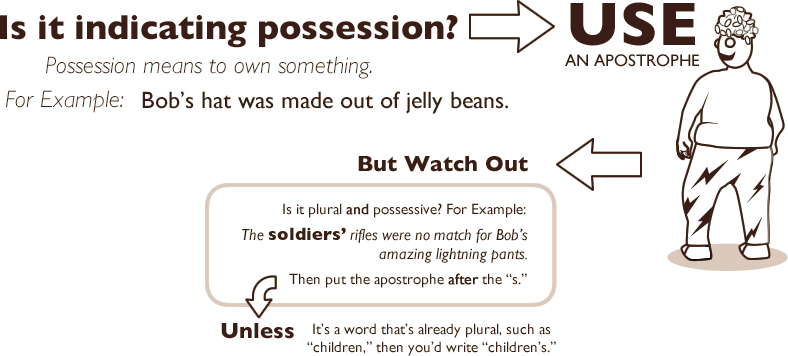Category Archives: Instructive
What’s a Bildungsroman?

The bildungsroman (bill-DUNGZ-ro-men, German for “formation novel”) is a genre of the novel which focuses on the psychological and moral growth of the protagonist from youth to adulthood. The driving force behind the plot (and the major impact of the work) is the main character’s search for self, so change is thus extremely important.
The birth of the bildungsroman is normally dated to the publication of Goethe’s The Apprenticeship of Wilhelm Meister in 1796. Although the bildungsroman originated in Germany, it has had extensive influence first in Europe and later throughout the world. Thomas Carlyle translated Goethe’s novel into English, and after its publication in 1824, many British authors wrote novels inspired by it (e.g. Dickens’ Great Expectations).
A bildungsroman tells about the growing up or coming of age of a sensitive person who is looking for answers and experience. The genre evolved from folklore tales of an idiot or youngest son going out in the world to seek his fortune. Usually in the beginning of the story there is an emotional loss which makes the protagonist leave on his or her journey. In a bildungsroman, the goal is maturity, and the protagonist achieves it gradually and with difficulty. The genre often features an underlying conflict between the main character and society. Typically, the values of society are gradually accepted by the protagonist, and he or she is ultimately accepted into society – the protagonist’s mistakes and disappointments are over. In some works, the protagonist is able to reach out and help others after having achieved maturity.
Incoming AP Lit students, take note of how both Siddhartha and Jane Eyre, each after their own unique fashion, follow this structure.
Week 4:10 (May 23-27)
Image
Freshmen Proofreading
Image
 If a writing assignment is completed outside of class (e.g. journals), students are expected to proofread their writing for the assignment in order to eliminate mechanical errors prior to the due date.
If a writing assignment is completed outside of class (e.g. journals), students are expected to proofread their writing for the assignment in order to eliminate mechanical errors prior to the due date.
When working on writing assignments outside of the classroom, students should always refer to the Proofreading Expectations guide in order to ensure that submitted work meets ninth-grade expectations. This guide will provide a list of non-negotiable errors that will not be academically tolerated in high school students’ writing. For each of the non-negotiable errors (which are listed in each grading period’s Proofreading Expectations) that are present in a submitted assignment, 10% of the total possible points for the assignment will be deducted – up to a maximum of 50%. Continue reading
Parts of Speech: Conjunctions!
http://www.youtube.com/watch?v=eZqI5b5wGA4
Parts of Speech: Nouns!
Recognize a noun when you see one. George! Jupiter! Ice cream! Courage! Books! Bottles! Godzilla! All of these words are nouns, words that identify the whos, wheres, and whats in language. Nouns name people, places, and things. Read the sentence that follows:
George and Godzilla walked to Antonio’s to order a large pepperoni pizza.
George is a person. Antonio’s is a place. Pizza is a thing. Godzilla likes to think he’s a person, is as big as a place, but qualifies as another thing.
Continue reading





